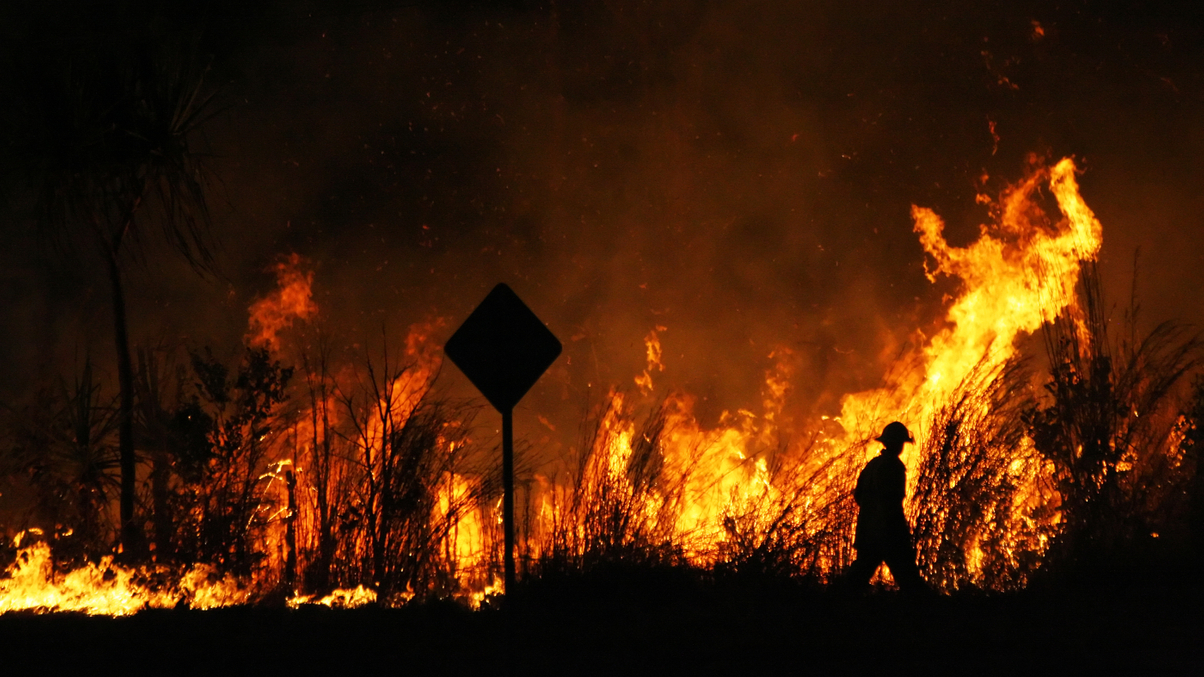IPCC 'code red' report no surprise for institutional investors
Last week, the UN released a report on climate change that shocked many people, but institutional investors who have been integrating ESG in their portfolio were not among them.

A United Nations (UN) report on climate change made headlines last week for stating that humanity was in a “code red” situation with climate change. But for institutional investors, the report was no surprise at all, and merely reiterated the need for strong investor action.
Sign in to read on!
Registered users get 2 free articles in 30 days.
Subscribers have full unlimited access to AsianInvestor
Not signed up? New users get 2 free articles per month, plus a 7-day unlimited free trial.
¬ Haymarket Media Limited. All rights reserved.


